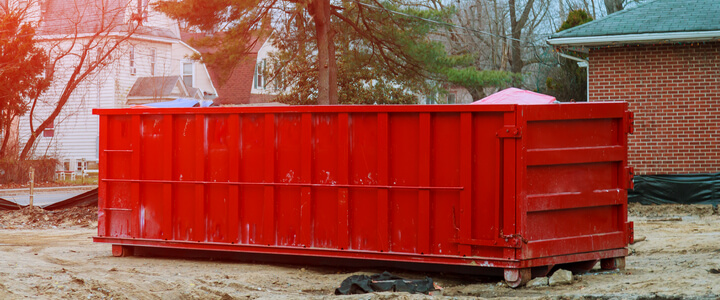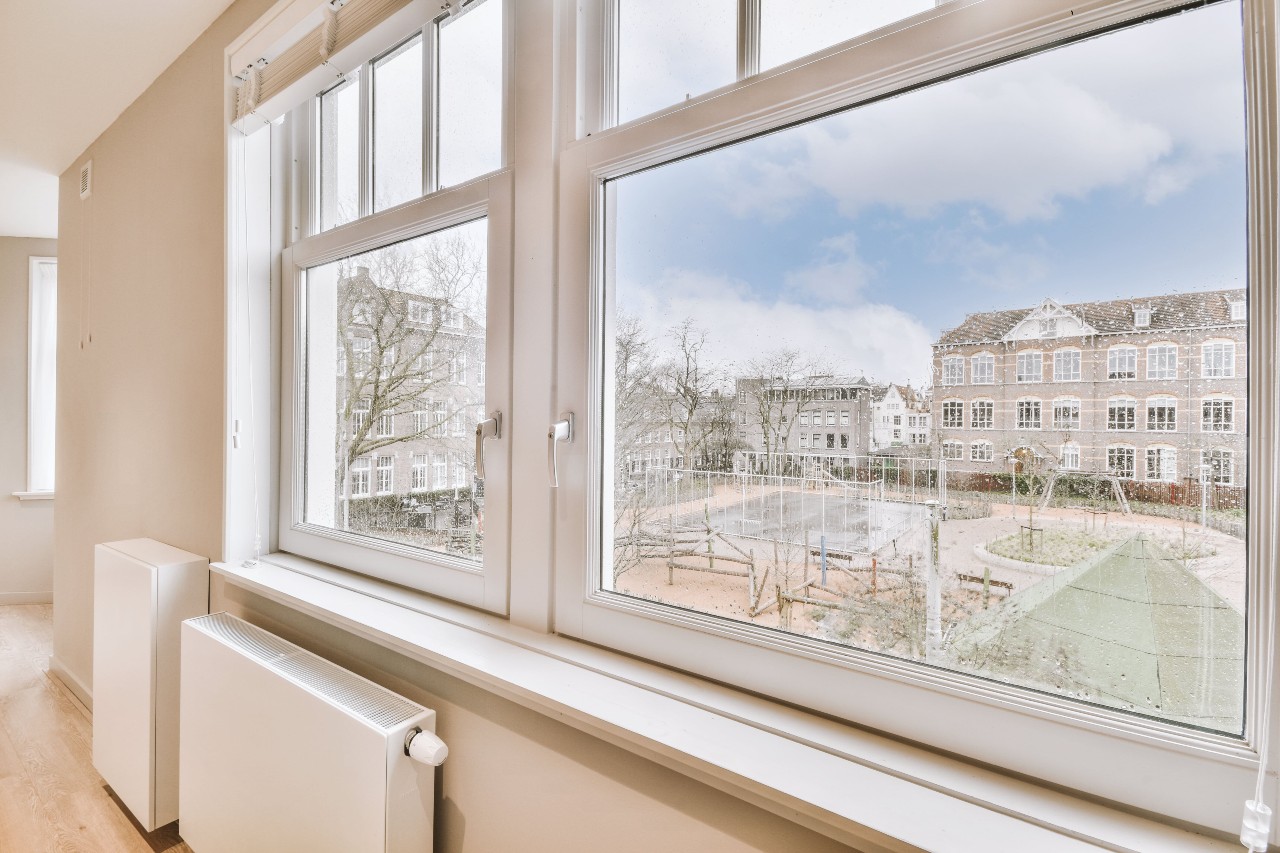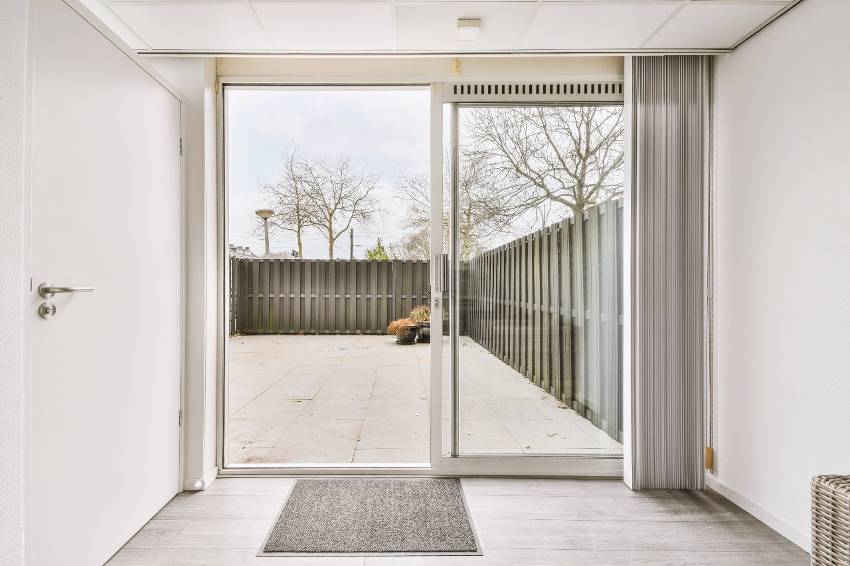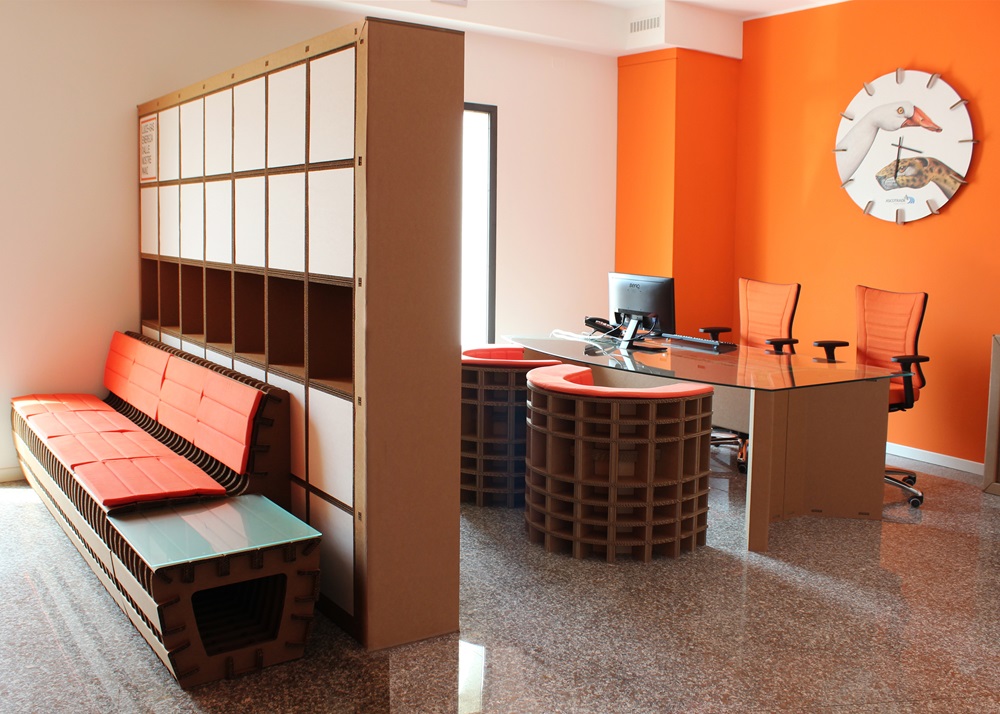8 Tips to Brand Right for Home Improvement Businesses
As a home improvement business owner, creating a sustainable brand isn’t easy. The industry is fraught with business practices that are not good for the environment – extensive use of resources and energy, loads of waste, and the by-products that harm the ecosystems, to name a few.
But with more and more customers and businesses focusing on creating sustainable economies, those who won’t join in are destined to crumble. If this isn’t enough to convince you, know that being a sustainable business is good for your ledgers:
- 73% of consumers refuse to buy from brands that are not sustainable.
- 51% of Baby Boomers and 75% of Millennials confirmed their willingness to pay more for sustainable goods and services.
- 83% of Millennials and 80% of Gen-Z (two largest consumer groups) believe that financial performance should not be the only measure of a business’ success.
With these stats driving your conviction to make your home improvement business sustainable, let’s see what you need to do to achieve a sustainable-brand status.
1. Discover Your Purpose for Sustainability
Sustainability is a multi-faceted concept. It ranges from ethical procurement of resources to technological advancements that reduce carbon emissions. To focus your sustainability efforts, determine why your brand is striving for sustainability. What do you have to offer to consumers in terms of sustainable goods/services when they do business with you?
As a home improvement business, how do you plan on proving green alternatives to clients? What are you offering?
Once you figure it out, it will drive your business practices, your collaborations, your investments, and your growth.
2. Align Sustainability with Core Brand Values
Your brand’s core value is what fuels your company’s Corporate Social Responsibility measures. This goes beyond profits.
Google, as the tech giant, leads the sustainability movement in its industry. The company is celebrated globally because of its extremely positive reputation as a socially-aware business. As it is a tech company, it brought sustainable use of energy at the very core of its business: data centres. Google’s data centres reportedly use 50% less energy than any other comparable data centre in the world.
As a home improvements brand, your job is to align your company’s core product, the core value to green efforts. Your customers and investors want to see substantial work instead of reliance on meaningless buzzwords.
3. Green Visuals
You know your home improvement business supports sustainability by using less energy than other businesses in the area. But knowing is not enough. You need to market it effectively to your audience and the larger industry.
Branding is the way to do it.
You start by creating a brand and logo design guide that uses icons or colours to signify your commitment to a greener and richer planet. A fitting tagline would also help. Creating a cohesive brand identity that promotes your message of a green business from your website design to flyer printing and everything else is going to be important. It will reaffirm in people’s mind your reputation of being eco-friendly and clients who are looking for sustainable home improvement services will remember you.
4. Listen To Your Audience
Invest in customer surveys and focus groups to find out what your customers are looking for in terms of sustainability when they hire a home improvement company. Do they want their homes to be fitted with energy saving options? Do they want the home improvement company to work on their project in a more environmentally-conscious way? What short-term and long-term impacts they have in mind that they expect you to initiate?
Listening to your audience can help you give a list of things that you can filter through. Some of them will reaffirm your ideas while others will open your eyes to some new areas. Either way, you will have a concrete list of plans to sift through and deliver your audience what they have asked for.
5. Invest In Key Areas
As a small home improvements business owner, you do not have the millions of dollars to overhaul your business model to fit the sustainability criteria. So, identify key areas where you can think you can make the most impact or where you think a change is immediately needed.
For example, instead of heavily investing in eco-friendly raw material, perhaps you can start by making sure that your waste production is at a minimum. You could also collaborate with a solar energy company and encourage your clients to consider it as an energy source. Sustainable kitchen products are also an interesting area you can explore. Replacing regular fluorescent lights with LED bulbs, etc., is also a basic but practical key area that you can invest in.
6. Content Strategy
Most people think ‘blog’ when they hear ‘content’. Truth is, digital marketing relies on a whole lot of different content types when it comes to creating a content strategy. When you decide to digitally market your brand as a sustainable home improvement business, you need to not only think blog but also social media videos, regular social media posts, some handy tutorials, quizzes, and so much more.
A cohesive content strategy would use all of these content outlets to tell clients – prospective and existing – about your home improvement business that’s operating sustainably and changing lives. Through a focused strategy, you can establish your home improvement brand as a forward-thinking enterprise that’s committed to improving lives.
7. Remember Your Bottom-line
If you want to remain a thriving business, you need profit and sustainability both. Sustainability will ensure that you adopt business methods that ensure your productive survival for decades and decades to come. As they go hand in hand, sustainable business practices have a decisive economic impact. According to joint research on the topic by Oxford University and Arabesque Partners, sustainability,
- Reduces the cost of capital.
- Improves operational performance.
- And increases share price.
Therefore, don’t forget earning an income when you focus on sustainability. That’s the whole point of the subject.
8. Share Your Story
You’ve done your branding right, now is the time to share your story. Customers, investors, thought-leaders, and other interested parties are always keen to hear how businesses have shifted their focus and realigned their strategies to suit changing times.
Tell them of your efforts whether you’ve been a pioneer or a learner. Use your blog, your yearly reports, special releases and timely PRs to share the story of your sustainable home improvement brand.
To Sum It Up
The modern consumer is becoming increasingly conscious of how their consumption habits and patterns affect the overall environment. Through comprehensive branding of your business as a sustainable one, you can lock in the modern consumer and stand to gain from their shifting spending habits.



















